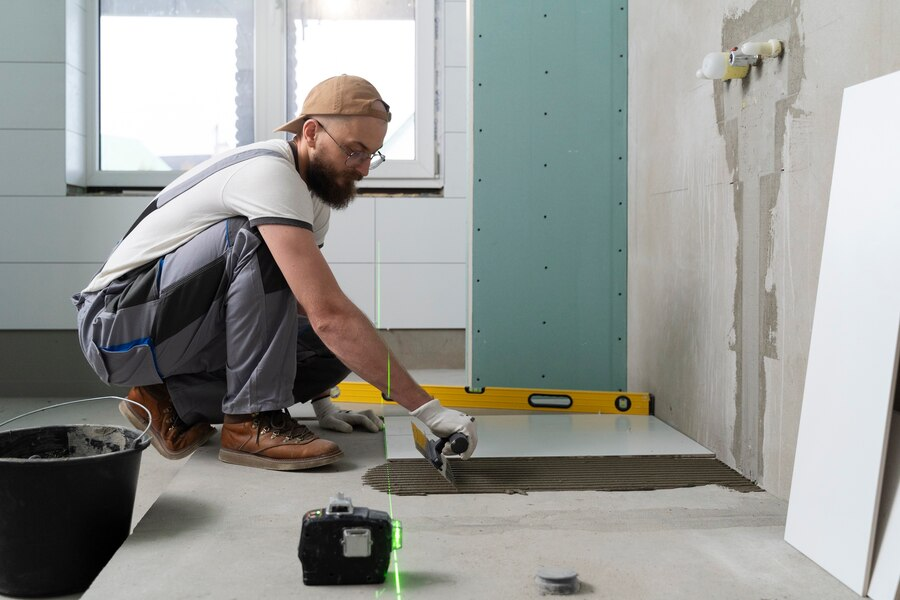8 Common Mistakes to Avoid When Using a Pipe Volume Calculator
Whether you’re tackling a backyard irrigation project, planning a home plumbing upgrade, or just trying to estimate how much fluid a pipe can carry, a pipe volume calculator is an invaluable tool. It saves time, reduces errors, and helps you plan materials with confidence. But as with any tool, it’s only as good as the information you enter — and it’s surprisingly easy to make mistakes that throw your whole project off track.
Let’s break down the 8 common mistakes homeowners make when using a pipe volume calculator — and how to avoid them — so your next DIY plumbing or home improvement project flows smoothly.
1. Mixing Up Units of Measurement
This is hands down the most frequent mistake. Most pipe volume calculators give you the option to work in either imperial units (inches, feet, gallons) or metric units (millimeters, meters, liters). Entering a pipe diameter in inches but leaving the length in meters, or mixing gallons with liters, will skew your calculations drastically.
Pro tip: Before you start, double-check which unit system the calculator is set to. Stick with either imperial or metric throughout to keep things consistent.
2. Using Outer Diameter Instead of Inner Diameter
It’s easy to grab a tape measure and measure the outside of your pipe. However, pipe volume calculators typically require the inner diameter of the pipe — because that’s where the fluid flows. Using the outer diameter (OD) instead of the inner diameter (ID) will overestimate how much volume the pipe can hold.
How to fix it: Look up the manufacturer’s specs or use a caliper to accurately measure the internal diameter of your pipe. If you only know the outer diameter and wall thickness, subtract twice the wall thickness from the OD to get the ID.
3. Forgetting to Convert All Lengths to the Same Unit
If your pipe length is 3 meters and your calculator expects centimeters, simply entering “3” without converting will throw the calculation off by a factor of 100. This kind of small oversight can make a huge difference.
Stay on track: Always convert lengths into the unit your pipe volume calculator asks for — whether that’s meters, centimeters, or inches.
4. Overlooking Pipe Shape
Not all pipes are perfectly round! Oval, rectangular, and irregular-shaped conduits exist, especially in custom or older homes. Standard pipe volume calculators are designed for cylindrical (round) pipes only. If you’re working with a non-round pipe and using a calculator meant for round pipes, your result won’t be accurate.
What to do: For unusual pipe shapes, look for specialized calculators or consult with a plumbing expert to get custom volume estimations.
5. Ignoring Pipe Slope or Gradient
If your pipe isn’t level — for example, in a sloped garden irrigation system or a drain pipe — the usable volume can be affected by the gradient. While most household applications assume horizontal pipes, certain installations need slope adjustments to ensure correct flow calculations.
Smart tip: If you’re working with a sloped pipe, consult resources on pipe slope correction or ask a professional if it’s necessary to adjust your calculation.
6. Assuming Wall Thickness is Negligible
Especially with smaller pipes, even a few millimeters of wall thickness can make a meaningful difference in the pipe’s internal volume. Some homeowners assume it’s too small to matter — but over long runs of pipe, that small difference adds up.
Best practice: Always account for wall thickness and calculate or confirm the correct inner diameter rather than guessing.
7. Forgetting to Include Fittings and Bends
Your pipe system probably isn’t just one long, straight tube. Elbows, T-joints, valves, and other fittings all affect total volume and flow dynamics. Most pipe volume calculators don’t account for these automatically.
What can you do? Calculate the volume of fittings separately if it matters for your application (like if you’re estimating total fluid volume in a closed-loop system), or factor in a margin of error to compensate.
8. Relying Only on the Calculator Without Cross-Checking
Even if you think you’ve entered everything correctly, mistakes happen. Typos, incorrect measurements, and accidental unit mismatches can all slip through unnoticed.
Safe strategy: After using a pipe volume calculator, take five minutes to cross-check your numbers manually using the volume formula for a cylinder:
Volume = π × radius² × length
This simple check can catch obvious input errors before they turn into costly real-world problems.
Why Accuracy Matters for Homeowners
Using a pipe volume calculator correctly ensures:
-
You buy the right amount of material (fluid or pipe length)
-
Your system operates efficiently without leaks or overflows
-
You avoid costly miscalculations that can derail DIY projects
Whether you’re working on a garden irrigation system, home heating pipes, or even an aquarium setup, getting your pipe volume calculation right saves time, money, and headaches.
Final Thoughts
A pipe volume calculator is a powerful tool — but like any tool, it needs to be used with care. By watching out for these 8 common mistakes and double-checking your inputs, you’ll get accurate, reliable results every time. That means smoother projects, better budgeting, and no nasty surprises when it comes time to install or fill your pipes.
Happy calculating — and here’s to home projects that flow just the way you planned!



Comments
Post a Comment